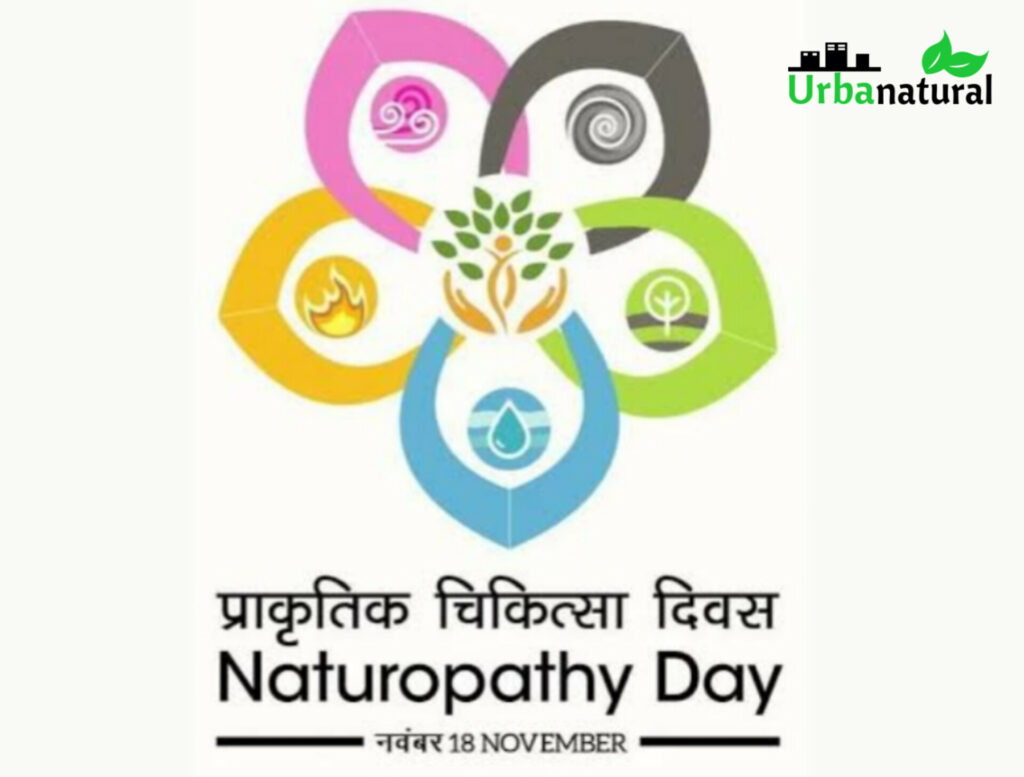By: Mridula Ramesh
I recently discovered that this year’s theme for World Environment Day is ‘Beat Plastic Pollution’. Predictably, there is a crescendo of events speaking about plastics, banning plastics, the obligatory sea-life-killed-by-plastic video, and the like. A life without plastic is hard to imagine – even at the very events held to eliminate plastic from our lives. Look at the photos closely: the mike handle, the flex backdrop, the lining of the paper cups used to serve water or beverages, the pens provided to the speakers or attendees – getting rid of plastic is not going to be that easy.
But it’s worth trying.
Why?
Problems of plastic
We all acknowledge that the climate change currently underway makes our planet far more inhospitable to humanity. We also understand that this change is caused by greenhouse gases emitted when fossil fuels are burnt. Oil is one of the main fossil fuels. If current trends persist, the plastics sector will account for 20 percent of the total oil consumption by 2050, and take up a significant chunk of our carbon budget in that time.

As long as the cost of plastic remains negligible and the cost of segregating and managing it is burdensome, no plastic ban will have any bite
A miniscule 5 percent of plastics are recycled effectively, while a third escapes collection altogether and ends up clogging our drains and harming our oceans. This material loss alone costs the world economy $80-120 billion annually, while the costs of damaging our oceans and clogging our drains conservatively adds another $40 billion each year. This amount is higher than the plastic packaging industry’s profit pool, which elicits an interesting thought: How much value and how many jobs can be added to the economy if plastic packaging were redesigned to be recyclable, and our collection systems and the ‘waste destinations’ were suitably geared up to ensure all packaging was recycled?
We saw in an earlier column that the potential jobs that could be created just to manage urban waste could be as many as 6,00,000, and this does not include the jobs created in dry waste destinations. In a job-hungry country (and world), this makes managing (as opposed to dumping) plastic a no-brainer.
Plastics can remain in the ocean for hundreds of years in their original form and even longer in the form of small particles, which means that the amount of plastic in the ocean cumulates over time. Experts estimate that there are over 150 million tonnes of plastic waste in the ocean today, and if we do little, there will be more plastic than fish in the ocean by 2050 — an unpleasant thought.
How much plastic enters the oceans? About 8 million tonnes each year, equal to 50,000 blue whales. Incidentally, experts estimate that there are about 10,000-25,000 blue whales in the wild today, meaning the plastic whales are larger in number than their natural cousins. Why is this bad? Marine life is damaged by eating the plastic or by the harmful additives in it. Humans are then harmed when they consume the fish that ate the harmful plastic. Clearing the plastic once it enters the oceans is impractical. The trick is to prevent it from entering the ocean in the first place – which again brings us to the point about managing our plastic waste.
Moving from ocean to land, plastic clogs our drains, preventing water from flowing away from our roads and our homes when it rains. In a stormier world, clearing and managing that plastic is another no-brainer.
There is, of course, the most direct health risk – for example, chemicals in plastic containers leaching into food, such as Bisphenol A, an oestrogen mimic and hormone disruptor, causing many health issues, including abnormal penis development in men. Other chemicals commonly found in plastics that have been flagged for health concerns include phthalates that are widely found in many personal care products and food packaging products. Then there are microplastics – found in fleeces, toothpaste and cosmetics – which are impossible to collect, let alone recycle. And a recent study found 10 plastic particles per litre of water in 93 percent of packaged drinking water brands worldwide. We are ingesting plastic whose impact on health is not fully understood. Awareness of these harms is only the first step in the step to management.
Managing plastic waste is very different from merely banning plastic. To arrive at workable solutions, we need to understand the types of plastic, where (and why) they are used, and why successful plastic waste management has eluded us thus far.
Types of plastic
Plastics come in many types, with each type of plastic waste requiring different handling. One common variety is Polyethylene terephthalate or PET. This type of plastic is made into water or soda bottles, or into polyester yarn. If we collect the bottles separately, they can be melted and made into polyester fibre again, which can be processed into textiles. A well-developed ecosystem for processing these bottles exists, but the segregated collection mechanism still needs to be geared up.
Another type of plastic is high density polyethylene (or HDPE), which is a tough, opaque plastic that goes into making shampoo bottles or grocery bags. This again can be collected, melted and recycled, if it is segregated at source. HDPE’s cheaper variant, Low density polyethylene (or LDPE), is lightweight, water-resistant and flexible, and is thus ideally suited for packaging as is its cousin, Polypropylene. LDPE, Polypropylene and Styrofoam are the hardest types of plastic to recycle and should ideally be replaced with something easier to recycle.
Recently, there has also been talk of biodegradable plastic. One caveat: at Sundaram Climate Institute, we have been testing some of the available biodegradable plastic packaging to see if they, in fact, degrade. One type of cover was shredded and then fed into a composter; in repeated trials, it did not degrade. We have buried samples of several types of biodegradable plastic we procured, and even after a couple of years, they have remained intact.
If we were to classify plastic by use, there are single use plastics – straws, grocery bags, mineral water bottles and the like – and plastics that last a little longer, such as pencil boxes and plastic furniture. The current campaign focusses on banning single use plastic. But does it or will it work? Kodaikanal, a hill station in Tamil Nadu, has banned plastic with many local shops handing out purchases in paper bags or cardboard boxes. But the drains and the empty spaces in Kodaikanal are covered in plastic. Bans clearly don’t work. What can?
Moving towards solutions
The key to adding bite to any ban is to understand the incentives in play. Plastic is so ubiquitous because it is cheap, lightweight, water-resistant, mouldable, great for printing on, and strong. It is cheap partly because it bears no part of the cost of its damage to the environment. Today, companies and individuals, for the most part, do not directly pay for the costs of managing their plastic waste. These would include the training, the monitoring and the infrastructure required to segregate and then further safely process plastic waste – whether it is melting and making new granules or shipping plastic waste to a cement kiln. There are plastic management rules, but these are not uniformly implemented.
And as long as customers are quite happy buying their goods in some form of plastic packaging because the costs of plastic are diffuse, while the added effort of segregating their waste, and paying for a more manageable form of plastic packaging is felt to be direct and onerous, any plastic ban or rule is never going to have any bite.
For plastic waste to become a resource, plastic items and packaging must be designed from recyclable material, which may (or may not) cost more. Consumers will need to segregate their wet and dry waste, and then the plastic management ecosystem needs to develop to manage the plastic portion of dry waste. For any of this to take root, the individual (that’s you and me) needs to play their part to enable the creation of a plastic management ecosystem.
Pockets of success exist. Some companies are partnering with entities like Saahas (a private waste management startup in Bengaluru) to have their plastic packaging collected and delivered to cement kilns to be used there. Such packaging cannot have food waste mixed in, so segregation is key. Saahas buys the packaging at Rs 4 per kilo from waste-pickers, providing them extra income. Other companies like Tetrapak have moved ahead and are creating new products from their packaging waste, like roofing sheets. Yet another example of plastic waste management is the recycling of plastic water and soda bottles, which are made into PET flakes. There are more than 7,000 plastic recyclers in the country, employing over a million people, as per a 2014 FICCI report. The polyester yarn made from these recycled bottles can be used in many applications and is cheaper than a similar quality yarn made from virgin polyester.
On the one hand, we could, of course, post pictures of cleaning beaches on World Environment Day and feel smug about having done our bit. But how much better will it be if we accept that we must pay the cost for a more sustainable management of plastic, rather than paying the price of plastic’s damage to our environment?
The writer is the founder of the Sundaram Climate Institute, cleantech angel investor and author of The Climate Solution – India’s Climate Crisis and What We Can Do About It published by Hachette in June. Follow her work on her website; on Twitter
Disclaimer: All information, data and material has been sourced from multiple authors and is for general information and educational purposes only and are not intended to replace the advice of your treating doctor.
The views and nutritional advice expressed are not intended to be a substitute for conventional medical service. If you have a severe medical condition or health concern, see your physician.





